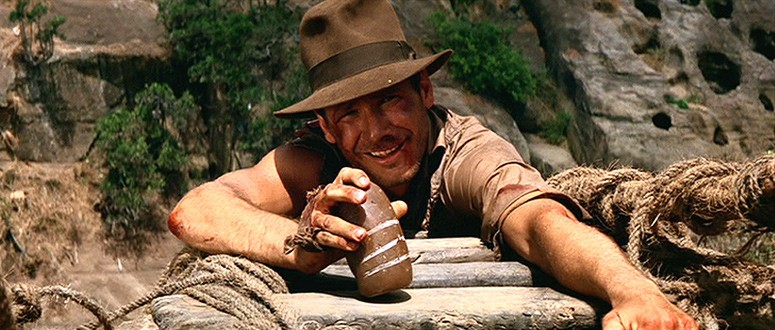Formatting Character Details

The following article is going to focus on formatting character details in the narrative of your screenplay. This will help your scriptwriting look more professional, improve the flow of your story, and create a stronger visual of each character.
First Character Appearance
When your character makes their first appearance in your screenplay, take care to write their name in CAPS. This makes the character name standout and draws attention to them allowing you to follow up with a description (see next sub-headline).
You don’t have to put a character’s name in CAPS if they are not important in the story. For example, “man serving slurpees”. You also shouldn’t put a group of people in CAPS, just individual characters. You should also note that when a name is followed by a possessive, then the s should be typed in lowercase.
To keep your screenplay easy to read it is best if you name your character as soon as they appear. This makes it easier for anyone who reads your script to follow the characters, which keeps them in the flow of the story. If you wish to have a “mystery character” then you could refer to them as SHADOWY MAN and then reveal their identity in the narrative.
Character Descriptions
When your character makes their first appearance is the perfect time to write out a description of them. You should focus more on the nature of the character as opposed to physical appearance unless there are a few physical traits which are very important to the character or story.
Never pin an actors name on a character. Imagine Brad Pitt reading through your script, absolutely loving it, only to find out that the main character is written for Tom Cruise. The love will quickly dissipate. Like most narrative you should keep it short but descriptive.
Only write description that can be used on screen. You don’t want to be writing about the character’s backstory as part of their description. Save that for dialogue and action.
It can be helpful to the reader to give some small visual piece of information that helps them visualise the character. Rather than comment on the facial/body features of a character, think of something more like a piece of clothing, an odd tic, a certain way of walking, etc. You don’t have to do this for every character, just the more important ones.
Minor Characters Names
I’m sure you already have names for your important characters, or least know that they should have one. Your important minor characters should also names. However your really minor characters are better served with a descriptive name so the reader knows not to focus on them, while giving the character a small amount of identity.
If you name a character DRUNK HOBO then it lets the reader know their character and function without having to write a description. If they don’t have any lines of dialogue then this is how you should name them. Even if they have a line or two stick with this method.
If you have a group of characters, maybe who have the same occupation, then give each of them a unique descriptive name. Rather than STRIPPER 1, STRIPPER 2, STRIPPER 3 give them a functional name. This will help the reader and the actor. Instead you might have, DITZY STRIPPER, INTELLIGENT STRIPPER, ANGRY STRIPPER.
Now you know a little something about each character and how they act and speak. If a character is not seen or heard then you can describe them in the narrative as an unseen character.
Please CLICK HERE To Check Out The Top 5 Online Scriptwriting Courses


